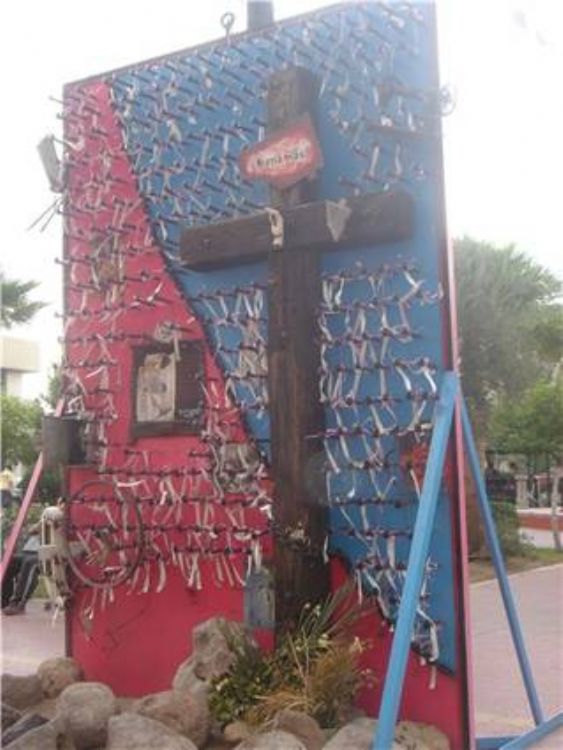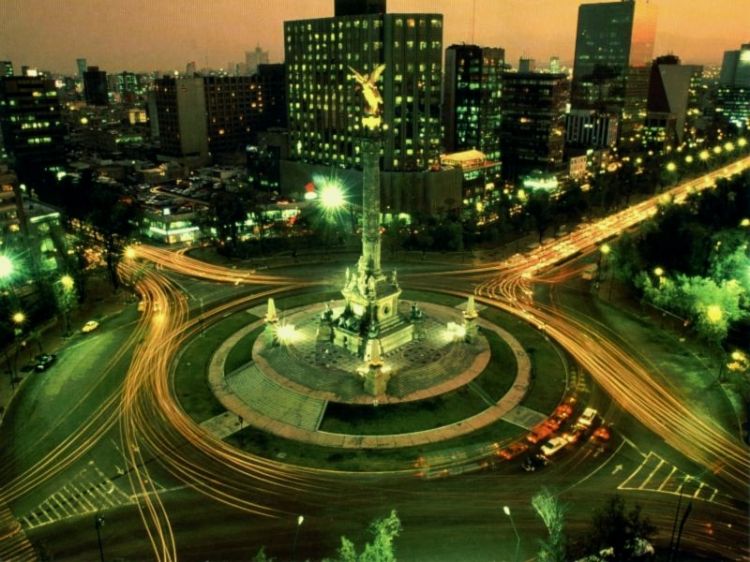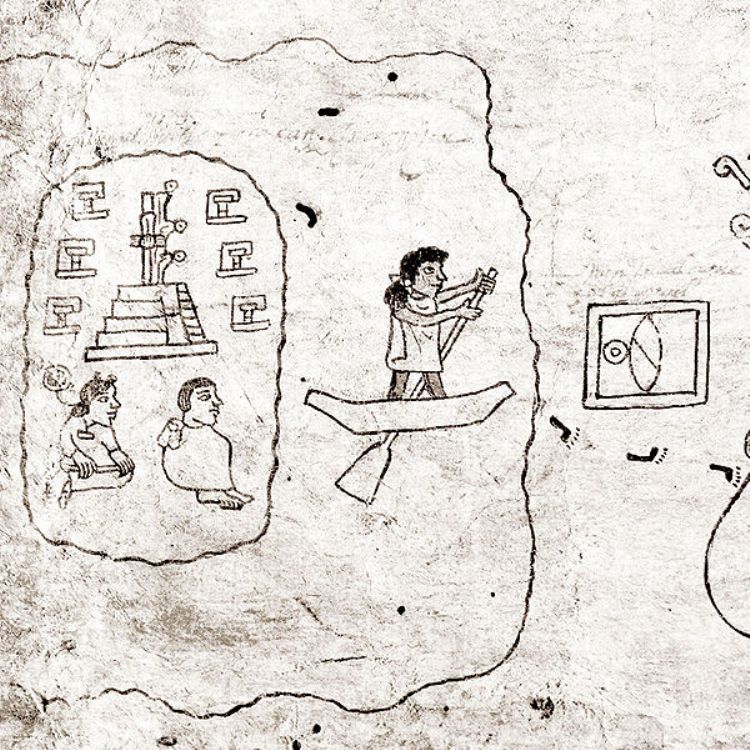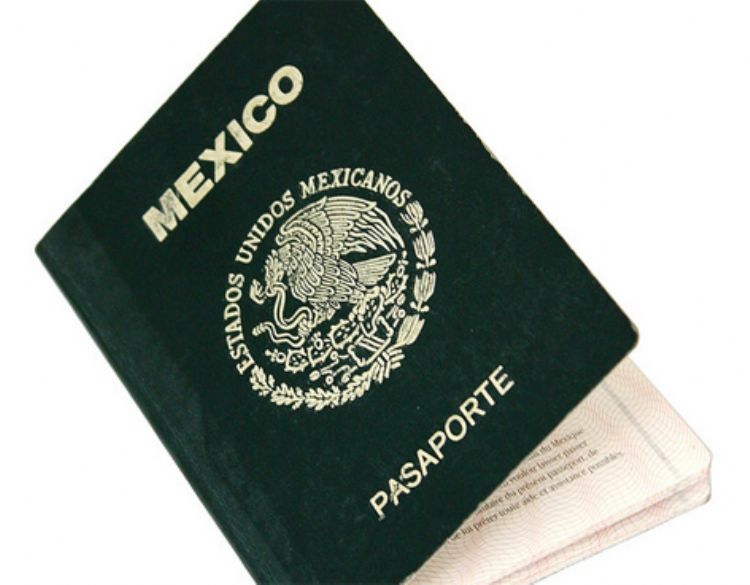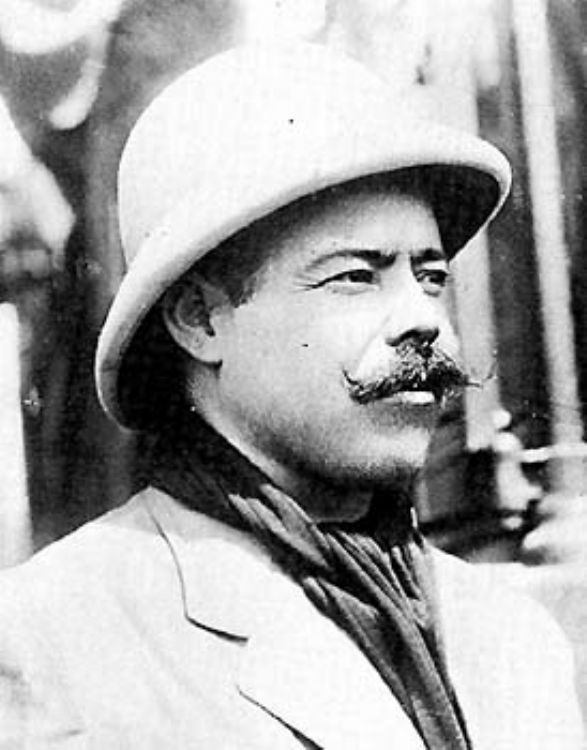José MarÃa Morelos y Pavón
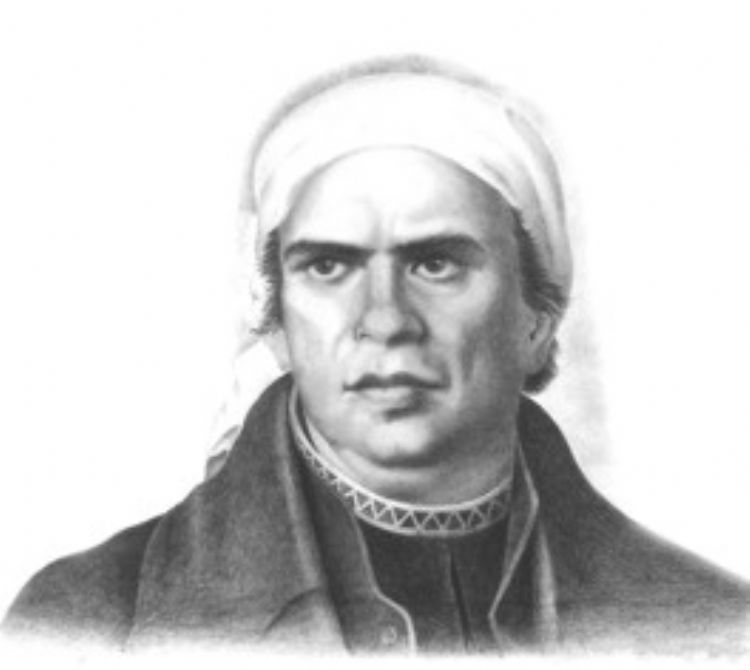
José María Morelos y Pavón was born on September 30, 1765 in Ecatepec, Estado de México. Leader of the insurgent movement, he was key to organizing Mexicoâs War of Independence. Morelos studied at the school of his grandfather, Professor José Antonio Pavón, until 1789, when he enrolled in the School of Valladolid, then presided by Miguel Hidalgo y Costilla. Morelos graduated in 1795 and was ordered priest of Carácuaro.
On October 20, 1810, Morelos met with Hidalgo and expressed his desire to join the insurgent movement, for which he was named âGeneral of the American armies for the conquer and new government of the southern provinces, with sufficient authorityâ, commissioned to gather troops in the south and capture the port of Acapulco, strategic for diminishing the great economy Spain achieved through the Nao of China. After meeting with Hidalgo, Morelos returned to Carácuaro and they never saw each other again.
In 1811, Morelosâ improvised troops marched to Acapulco, recruiting many citizens along the way. With approximately 2000 men, Morelos conquered a small town in the State of Guerrero, making the realist army flee and was joined by Hermenegildo and Pablo Galeana. Together they overtook San Jeronimo, Coyuca de Benitez and Valadero Hill. Morelos established his armyâs camp near the San Diego Fort which had been built to defend Acapulco from pirate attacks.
Along his way through the countryâs south, he was joined by many, achieving an army of almost 30 thousand men and a good amount of weapons, in addition to the deserters of the realist army. Thus, Morelos became the leader of the greatest stage in the insurgent movement.
Morelos dictated a few decrees, in order to organize a government, highlighting the need to protect the goods of the Catholic Church, avoid being attacked by greater enemies, punish all public sins, observe military ranks according to merit, work in harmony and suppress tribute, slavery, peninsular debts and the gunpowder monopoly.
Morelos also decided to take some of the Churchâs goods in order to finance his military activities. In the south, he was supported by the Bravo Family, from the Chichihualco Estate. He was also joined by Vicente Guerrero, born in Tixtla and Miguel Fernandez Felix, born in Durango, who adopted the name Guadalupe Victoria.
On July 13, 1811, at the town of Tixtla, Morelos decreed: âFrom now on, land will be handed over to the people and it canât be bought, for it must be enjoyed by the naturals in their own towns. Also, lacking silver and gold coins for helping the troops, I have resolved to use copper coins to be used in commerce. They can be exchanged for legal coins as soon as the war is over.â
Morelos received Mariano Matamoros, a priest from Tlaxcala, who wanted to join his army, reminding him of his own encounter with hidalgo. Morelos accepted Matamoros and granted him the rank of coronel and field marshal. In time, Morelos came to consider Matamoros as his âright handâ.
Morelos proclaimed to his troops: âWe have sworn to sacrifice our lives and goods in defense of our holy religion and country. There is no more Spain, because the French have taken over. There is no more Fernando VII because he decided to go to his house in France and so we are no longer obligated to recognize him as a king, or he was taken by force and thus, he no longer exists. And even if he did, a conquered kingdom has the right to conquer itself and it is entitled to not recognize its king when its laws become insufferable, as those that have been burdened upon us day after day by the damn Spaniards. Our weapons will be thriving and America will become free.â
Morelos dictated laws in each province he conquered, one of which was the reduction of the commerce tax, and established workshops where weapons and gunpowder were manufactured.
Morelos marched to Oaxaca on November 1812, and after a three hour battle, he managed to take the city and wrote: âthe city of Oaxaca, which we have just overtaken, besides being the bishopâs seat, is full of useful men, mines and posts that we will turn into weaponsâ. In Oaxaca, he established a court for public protection and trust, dedicated to investigating failures from the insurgent cause and proclaimed: âThe Insurgencyâs intention is to defend the liberty granted by Natureâs author. We will install freedom and suppress the castes, for men should only be distinguished by virtue, as well as the condemnation of vice and idlenessâ.
He organized the first legislative body of Mexico with the Anahuac Congress, inaugurated on the 14th of September, 1813, when he presented his document âSentimientos a la Naciónâ, portraying his great political view.
On the 5th of November, 1815, he was captured in Tezmalaca, Puebla by Spanish troops, together with 200 insurgent soldiers. 150 of the prisoners were executed before Morelos and the 50 remaining were sent to Manila as slaves. Morelos was then taken to Mexico City to be judged. The first trial against Morelos was the Process of the Joined Jurisdictions, presided by the war auditor and the archbishopâs representative. He was mainly accused of crimes of treason against the king, the country and God; sabotaging the viceroyalty and causing death and destruction. Morelos replied by saying: âthere was no more king in Spain, he left for his house in France, but returned to the throne as a despot, contaminated by irreligiousnessâ. His next trial was ecclesiastical, accused of violating celibacy and having three illegitimate children. By decree of the Inquisitionâs court, Morelos was condemned to the religious degradation that took place on November 27, 1815, during a public hearing.
On December 22, 1815, Morelos was chained and taken in a carriage protected by 50 soldiers, to Ecatepec. When walking up to the firing squad, Morelos prayed Psalm 51, confessed and kneeled. His remains rest at the Column of Independence in Mexico City.
Mexicoâs government has named many places in his honor. The most renowned case is that of his native city, Valladolid, renamed on the 12th of September, 1828, as Morelia. In 1869 the State of Morelos was named in his honor, by decree of President Benito Juarez. Emperor Maximilian of Hapsburg decreed in 1865, during the 100th celebration of his birth, to erect an equestrian statue in Morelia.
His image appears on the 50 pesos bills and on the 1 peso coins. During the Second World War, an American battleship was named in his honor, âSS Jose M. Morelosâ. Soap operas such as Los Caudillos (1968) and La Antorcha Encendida (1996) granted his character a starring role.
Article Produced by the Editorial Team of Explorando México.
Copyright Explorando México, All Rights Reserved.
Photo: www.banxico.org.mx

